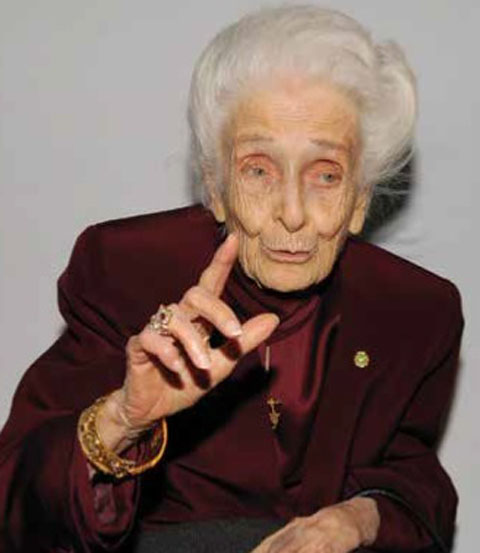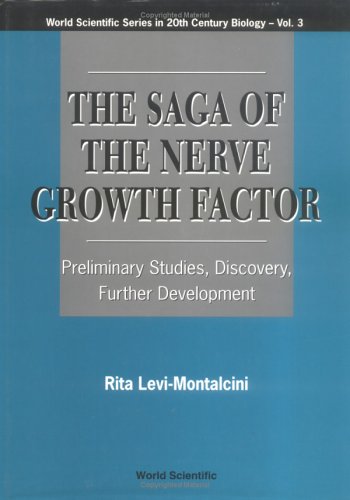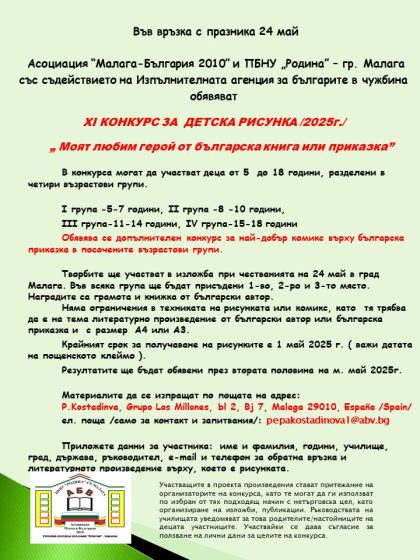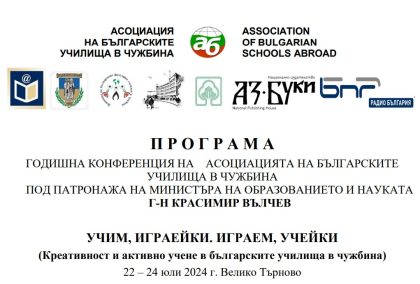On behalf of the Bulgarian Society for Cell Biology,
George N. Chaldakov
Some people are so much renowned that it is sufficient to mention their initials to recognize them:
L – Carl Linnaeus
N – Napoleon Bonaparte
FDR – Franklin Delano Roosevelt
JFK – John Fitzgerald Kennedy
TS Eliot – Thomas Stearns Eliot
RLM – Rita Levi-Montalcini
21 April 753 BC: Roma was founded by Romolo and his brother Remo 2 772 years ago. They outline the territory of the Eternal City (La citta eterna) around the hill Campidoglio.
22 April 1909: RLM was born in Turin near the Italian Alps, in the „foot of the mountain” (Piedmonte). And climbed the peak „Nobel” in Stockholm on 10 December 1986.
Her amazing journey in Eureka-land started from her “private laboratory” in Turin, later on through Viktor Hamburger’s Department of Zoology of Washington University in St Louis, MO and in Herta Mayer’s Tissue Culture Laboratory in Rio de Janeiro to Rome, where in 1962, Levi-Montalcini founded and became Director of the Institute of Cell Biology, splitting her time between St Louis and Rome until 1977.

For the discovery of nerve growth factor (NGF), RLM became the 1986 Nobel Prize winner in Physiology or Medicine. Levi-Montalcini’s NGF provided a conceptual framework for the neurotrophic hypothesis: particular neuronal types require trophic factor(s) for growth, function and survival. Her data on the prototype neurotrophic factor, NGF, triggered an unprecedented search for a family of related proteins now commonly called neurotrophins. More importantly, RLM’s NGF determined a new concept of cell biology: cells require specific protein signals for differentiation and survival, that is, the general theory of cell growth factors. All this resulted in the discovery of hundreds of growth factors that affect almost all facets of cell biology.
Later, in her book The Saga of the Nerve Growth Factor, she described the magic to predict the unpredictable: from mouse tumor grafted on chicken embryos through snake venom and mouse salivary glands to find a biomolecule that stimulates the differentiation and growth of nerve cells is an exciting example of heuristics.
Further, in 1977 RLM together Luigi Aloe, her long-lived coworker, have demonstrated for the first time one of the multiple extraneuronal effects of NGF, that is, the stimulation of mast cells growth, hence an immunotrophic potential of NGF was envisaged.
In analogy with Mendelevium (Md), Einsteinium (Es) and Fermium (Fm) in Dimitri Mendeleev’s Periodic Table of chemical elements, we may now introduce NGF as Montalcinium (Mt) in the Periodic Table of biomolecules.
With her 103 years of life (1909-2012) and vast experience and erudition of a scholar and teacher Rita Levi-Montalcini did contribute very much to the progress of scientific and public life of Italy and the world. Truly, RLM’s centennial life created the scientific bridge between two millenia, a path followed by many generations.This is the guarantee of her “presence in the absence”.
.




